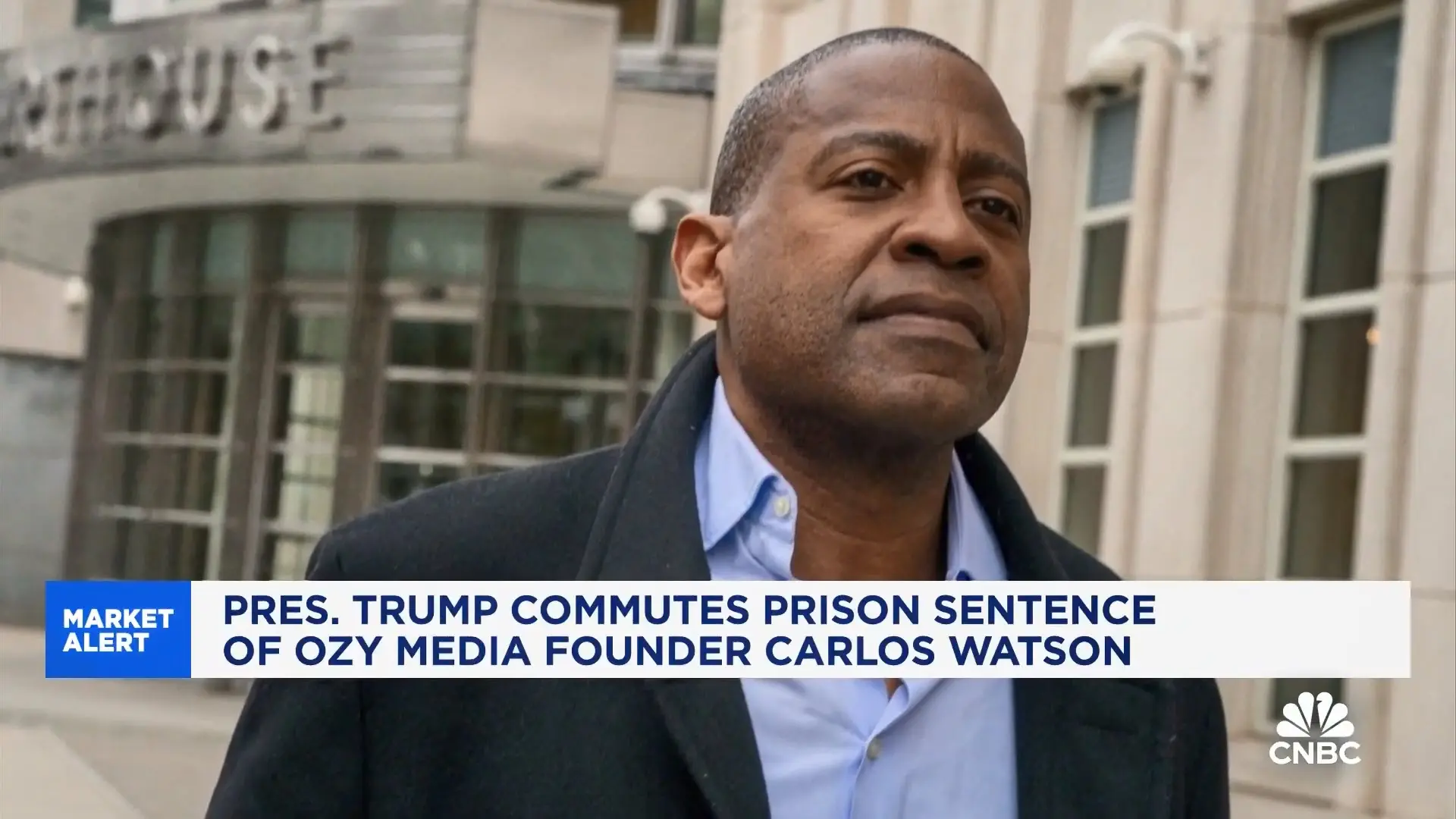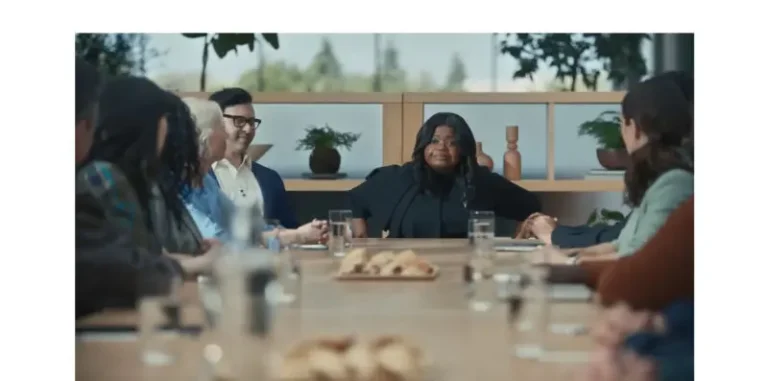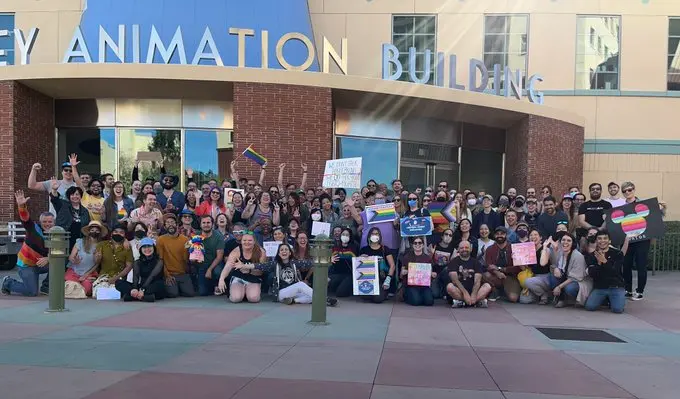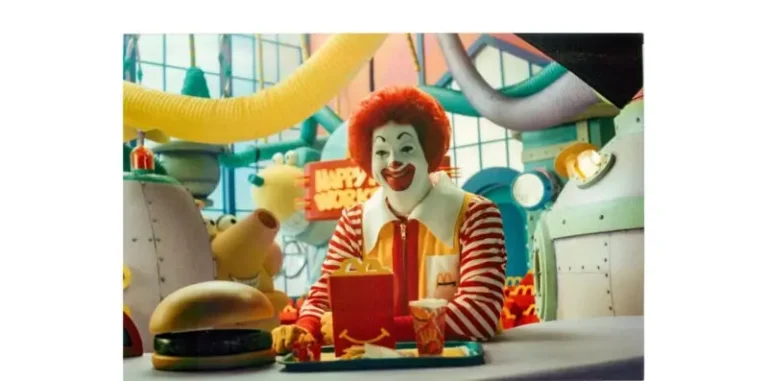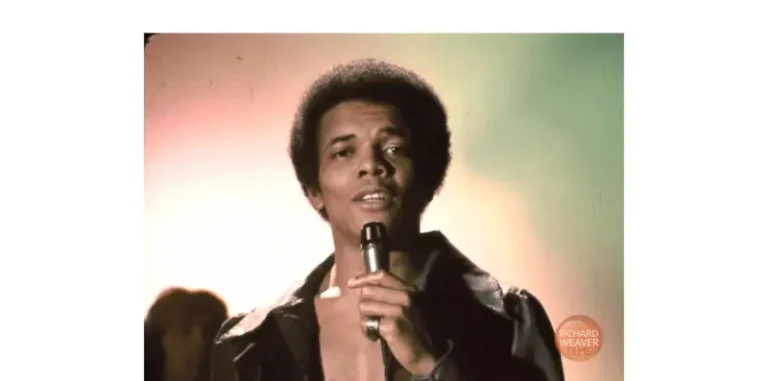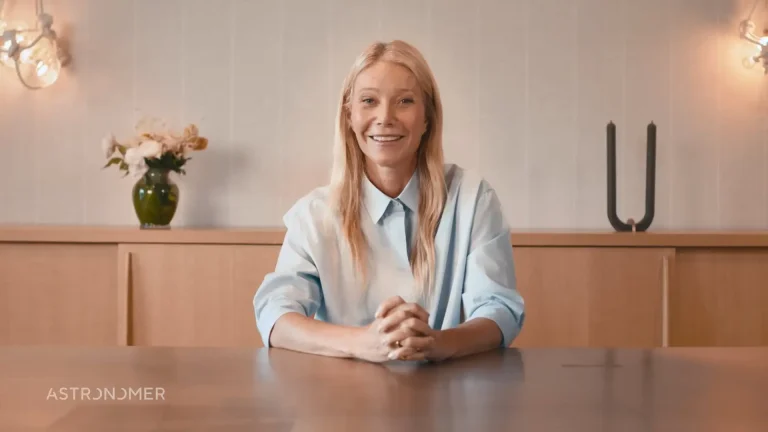Ozy Media and a Crisis of Competence
A bad decision, a cover-up, doubling down and then . . . blame your crisis comms folks
Lack of an honest assessment of a potential or unfolding crisis often gets CEOs in trouble. An instinctive fear of admitting a mistake sometime takes over, clouding the thinking.
But sometimes, the threat of imminent destruction creates that flash of insight chief executives need to save their companies, if not themselves.
And then there is the case of Carlos Watson, co-founder of Ozy Media.
The former MSNBC anchor’s fierce defense of his company in a New York Times story was admirable for its bulldog determination. But a closer look at his response shows that Watson and his board never appreciated how much trouble they were in after an event that ultimately led the once-promising company to shut down.
Getting the facts straight is the essential first step in crisis communications, but even the facts aren’t much help if you don’t understand their significance. That starts with recognizing how those facts look to the news media, to your customers, employees, investors and the public.
Ozy Media did not respond to requests for comment sent to its press and inquiries email address. Watson did not return messages sent by text and social media.
To briefly recap the Sept. 26, 2021, story: Ozy, launched in 2013, was a general interest digital news outlet that offered newsletters, podcasts and video, but the centerpiece was Watson’s interview show.
Ozy aimed to appeal to a diverse generation of younger readers, an audience coveted by advertisers. In February, Ozy was seeking $40 million in funding from the investment bank Goldman Sachs and arranged a conference call with Goldman and a top YouTube executive.
Instead, Samir Rao, Ozy’s co-founder and chief operating officer, impersonated the YouTube executive and told Goldman that Ozy’s programming was racking up significant views and ad dollars on the video site.
What a genius. The hoax wasn’t disclosed by Ozy, but was discovered by a Goldman executive who, suspecting something was off, called the actual YouTube executive.
It isn’t too much of a leap to view Rao’s conduct as potentially criminal, which is exactly how the security team at YouTube’s parent company, Google, saw it. Google alerted the FBI, which in turn contacted Goldman.
But Watson and his colleagues had a different view. In an apology email to Goldman and to the Times, Watson said Rao had suffered a mental health crisis. He took some time off, then returned to Ozy and was “thriving again,” Watson told the Times.
Ozy’s board supported Watson’s handling of the crisis. “Carlos and his team showed the kind of compassion we would all want in a similar situation,” Ozy’s board chairman, Marc Lasry, a well-known investor, told the Times. Lasry resigned four days after the Times story ran, saying he did not have the experience in “crisis management and investigations” the company needed.
A spokesman for Lasry referred questions to Watson, saying, “he has been speaking publicly over the past couple of weeks.” A spokesman for Watson, hired after the Times story, said he no longer represents Ozy. Watson did not return messages requesting comment sent by text and social media. His voicemail was full.
But Ozy’s crisis didn’t start when the Times called. It started in February, when the company failed to take appropriate action after Rao impersonated the YouTube executive. Or maybe before that, when no one, in communications or elsewhere, suggested what a bad idea that was.
Back in February, someone needed to ask some tough questions:
- How will others view Rao’s conduct?
- Was letting Rao take time off to regain his mental health a sufficient response, given the severity of his conduct? Or was more drastic action like separation appropriate, even for a co-founder?
- In the tightly knit world of Silicon Valley investment, why did anyone think this story wouldn’t get out? (It’s surprising it took seven months.)
- If the company is going to stand by its handling of Rao’s conduct, how can they now get ahead of the story?
A hard-boiled analysis of the public consequences of Ozy’s decisions would have suggested a different course of action.
On Sept. 26, the day the Times story was published, Watson doubled down on his attack, posting a two-page memo on Twitter that called the story a “hitjob.” He also claimed the investment bank was not harmed because “Goldman ultimately didn’t invest,” which is like the bank robber who claims innocence because the manager didn’t open the vault.
Two days later, Ozy suspended Rao and later asked him to step down.
His stunt focused more media attention on some of Ozy’s other claims, including the purported size of its audience and its ties to bigger media outlets.
Amid a storm of negative stories, the usually talkative Watson kept quiet.
As advertisers fled the company, Ozy’s board announced on Oct. 1 that it was shutting down.
Not surprisingly, eight days after the Times story ran, Watson changed his tune. On Oct. 4, he was interviewed on the Today Show and CNBC, which like Watson’s alma mater MSNBC are owned by NBCUniversal.
Watson sounded conciliatory, if not contrite. He acknowledged the legitimacy of some of the questions surrounding his company and said he planned to reopen Ozy. On Today, he blamed someone else for not responding during the ensuing media avalanche.
He said: “I got some incredibly bad advice. I got advice from some crisis communications folks to go silent. I should not have done that.”
Is there anyone else he could blame?
Contact our client team to learn more about how we can help you with your communications. Follow RCG on LinkedIn and subscribe to our weekly newsletter here.

